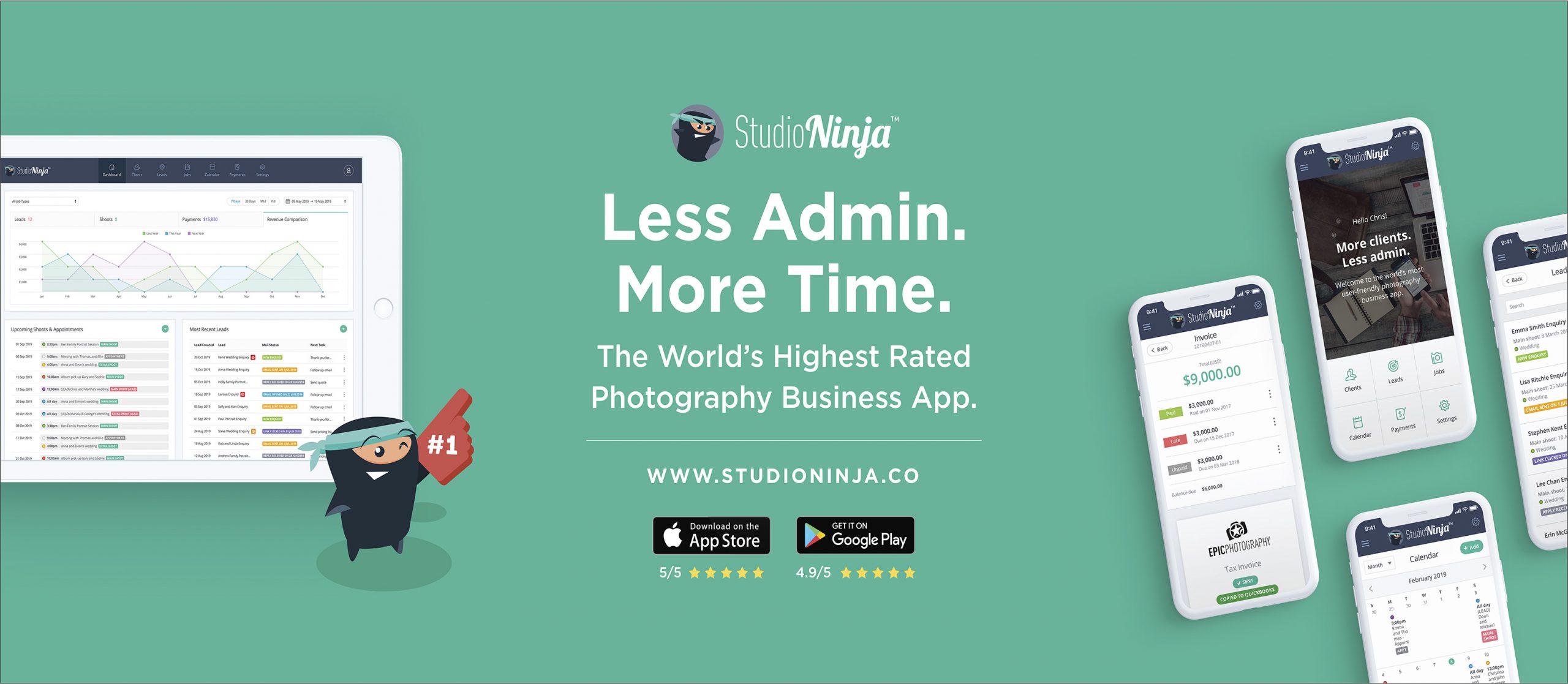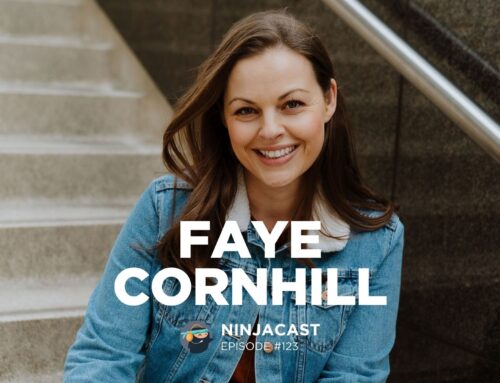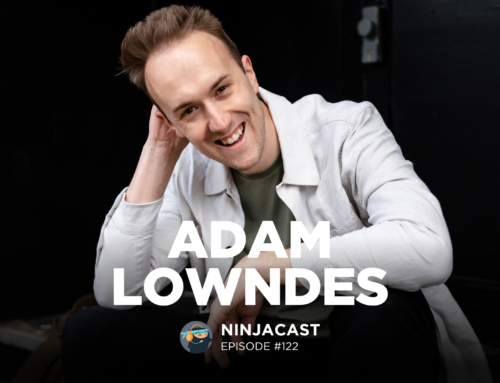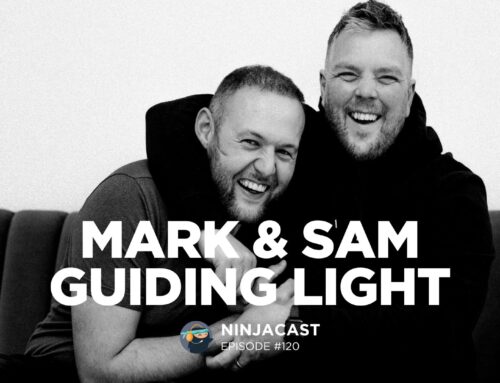013: Sam Hurd – How to Make Your Business Stand Out & Ensure You Always Fuel Your Creative Hunger
October 15, 2020
“Have confidence in yourself and push your creative boundaries”
SAM HURD
Hey everyone! It’s Sally here, from Studio Ninja. Today’s episode is all about Sam Hurd – we are really excited to have him on the show.
Starting as a political news and celebrity portrait photographer in DC, Sam was instantly drawn to wedding photography as a space to promote more inventive ideas. Sam’s focus is on photographic techniques that are deceptively simple, but have potential to transform difficult or uninspiring shooting environments into one of a kind opportunities for every photo made.
It’s a real honour to have Sam on the show today – so sit back and enjoy!
Check out some of the biggest points from Sam’s interview below:
Can you tell our listeners a little about you and your journey so far?
Yeah, absolutely. So I guess it was around 2008, I was graduating from university and I studied computer science and information science in school, so very computer programming and networking oriented, and I was looking for jobs in that industry around the Washington DC area, and I utilized a website called Craigslist, for the most part. I don’t know if you know what that is the in UK.
It’s like a free online classified. I don’t even know if it exists in the same way now. But I found a couple job offers through that platform and came across one listing for a staff photographer. They had another listing for a systems administrator, computer related thing, and I saw they also had a listing for a photographer. So I went and interviewed with them, and same day I actually interviewed with an NASA contractor, doing IT work with a completely separate company and ended up getting job offers at both places. The photography position paid half as much as the computer science job, but the photography position was at this place called the National Press Club, it was downtown DC, literally a block from the White House, center of everything in that city, and I would be shooting press conferences every day.
So I decided to take the financial hit, although it’s not like I was making money to begin with, I was fresh out of college and worked with them, just to see for a year if I enjoyed it. I had never worked as a professional photographer at that point, just purely as a hobbyist doing travel photography and barely any portraiture. But I had a passion for it, to some degree, much like I did with music. And, well, started working with them and was shooting press conferences every single day, at least a couple hours every day. Not very creative or inspirational visually. It was like an organization would have an event with generally a high level political type person or maybe a celebrity, and they would just come and speak at a podium, into a microphone in front of an audience, and I would be tasked with documenting that.
And over time, I got really good. It didn’t take but a few months before I was like, “I got this. I can shoot literally with my eyes closed.” And I would try and just come up with little games or tricks for myself to make it challenging or get something creative, just for my own mind not going crazy of boredom. I mean, the events were always really cool in terms of subject matter. It’s always cool to listen to really famous people speak on something or have a really interesting current event occurring, just to be in the room while it’s unfolding was awesome. But creatively, visually, not a lot going on, and so I did that for many, many years. I was their staff photographer for six years.
About three years into working there, I shot my first wedding and it was a coworker. She was comfortable enough having seen me work alongside her as a photographer at the press club. She asked me to shoot her wedding once she got engaged, and all I had, in terms of experience as a wedding photographer, was just looking at wedding blogs. One of the first wedding photographers, his name was Ryan Brenizer, he was one of the first blogs I followed early on to just learn what the expectations are, what is the template of a wedding day, what is going to happen. But I fell in love with that first wedding, just the chaos and the ability to flex my creative muscles well outside of the box I was used to being in, somebody standing at a podium. And ever since that first wedding, that is the only type of work I’ve sought out.
I shoot anything that comes along my way that I’m available for, but the only thing I market myself for and really share consistently is wedding work, because I love not just the creative aspects, but the value and the legacy that you’re contributing to with these people’s families, so I’ve been doing that ever since. I’ve shot, I think, over 400 weddings at this point, so it’s been a good ride. Yeah.
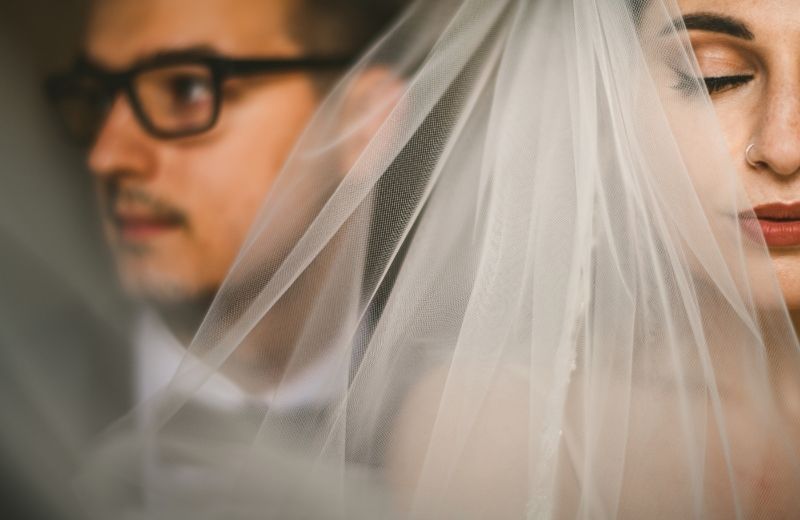
Can you tell us more about when you photographed Denzel Washington & George Clooney?
The Denzel Washington one’s so funny, because it is such a book author’s leaf portrait of Denzel, and it’s weird, because a lot of the actors, in particular, when you’re interacting with them on a human level, with no camera involved, they’re very smiley and kind of goofy, a lot of times, in their expression. Obviously, very clean teeth, it’s crazy. And then, as soon as the camera comes out and you start, they get very serious and stoic. And that’s cool, I mean, that’s sort of generally what I want, but Denzel in particular, I was like, “Oh, it’s like he just wrote a book and I’m taking his portrait for it.” Yeah, sorry, I kind of cut you off. I’m not sure was there was a particular question about those experiences, but it was through the National Press Club, where I was the staff photographer early on in my career. That is how I got access to those types of individuals.
Well, I created that opportunity myself, and I kick myself that I took so long, in terms of my confidence level not being high enough to present the idea to my boss, who’s the manager of the club. I was like, “Hey,” I just eventually realized there’s a consistent amount of downtime between events. So normally, if it was a really well-known celebrity, they would do a little VIP reception before the main event that they were addressing the press at. And the VIP reception would be like 10 people in a separate room, very intimate, and then they’d usher everybody out. There’d be like five, 10 minutes of downtime, then they would kind of clap in the celebrity into the main event with hundreds of people.
And so, I was always in both rooms, and was just generally hanging out in that downtime, and realized, “Oh, if I just set up a flash or a little portable studio, I could probably ask them to come over to the corner for a little portrait.” And so, that’s what I did, and I missed a lot of opportunities photographing a lot of other celebrities, when I just wasn’t ready or prepared and I didn’t realize that I could maybe seize that opportunity in the way that was ultimately able to. And I was, again, very fortunate that the press club was excited to have some different type of content to share from their types of events. A camera aware portrait is a very different feel and aesthetic than somebody speaking at a podium.
But also, there were no expectations, I could do whatever I want creatively, conceptually with the framing, expressions, the lighting, all of that. So I was able to try stuff without fear of failure, other than not getting that person for my portfolio. That was the only fear. So yeah, it was a pretty cool opportunity.

Can we talk a little bit about directing or posing your clients? So I look through your portfolio, your images, your Instagram, everybody looks incredibly natural, at ease. Do you find that you have a lot to do with that? Are you constantly building that rapport with your clients to get them to that point?
100%. Yeah. I direct heavily. Unless it’s truly a candid moment, which does happen, usually later into the shoot, when people are a little warmed up and more free to do whatever. But wherever the hands are, wherever their eyes are looking, where their profile is trending, either as a silhouette profile-wise or straight on, I don’t even know the word for straight on, or non-profile, all of that is completely directed by me. And it tends to be, I have really particular compositions. I love shapes, really obvious giant blocks or triangles or rectangles or squares, circles. I love big, big shapes that, if you sat there and drew a pen, you could literally draw three or four different shapes on a singular composition.
And so, with that comes precise placement that I need for my client, so they’re not intercepting with a line in a way that is awkward or whatever. And it is a very clear and intentional placement on my part. And so, I direct them into all of that. A lot of it starts with just getting people really close and cuddly. Nuzzle is a key word that I use quite often.
Yeah. But I don’t, at the same time, recommend for people, or even myself, using list of bullet point pose prompts, because that’s sort of, for me, when I started doing that early on, because I had no clue what to tell people, it started ingraining a little bit too much of a formulaic approach. And my delivery wouldn’t be as genuine for the punch line of some joke that I knew would work. And I don’t know, I really like some of that awkward tension. I don’t even tell clients this, because I don’t want them to ever think that I’m leaving space for awkwardness, why would you want that? But I find it key in getting a fresh perspective for myself. And to leave a little room for awkwardness and then leaning into it. And honestly, when people are feeling a little self-conscious or awkward it makes it really easy to make them laugh saying anything at all. It doesn’t have to be a canned joke or a pose from a prompt list.
And it just feels a lot more genuine to the moment that we were experiencing together. And so, yeah, I’ve got little words here and there and I’ve got poses and positions that I put people in, but I always try and leave room for clients having found their own position in something and being excessively excited when that happens. A lot of times I find myself needing to rein it in a little bit. I’ll say, “Stand over there and then just look… oh, no, no, no, no, no. Hold that,” and I get really excited. And then they sort of mirror that energy in a way that just makes it effortless, once you finally start clicking the button.

Thank you!
Thanks again to you all for joining us and a huge thanks to Sam for coming on and sharing his thoughts and ideas!
If you have any suggestions, comments or questions about this episode, please be sure to leave them below in the comment section of this post, and if you liked the episode, please share it using the social media buttons you see at the bottom of the post!
That’s it for me this week, I hope you all enjoyed this episode.
See you soon,
Sally
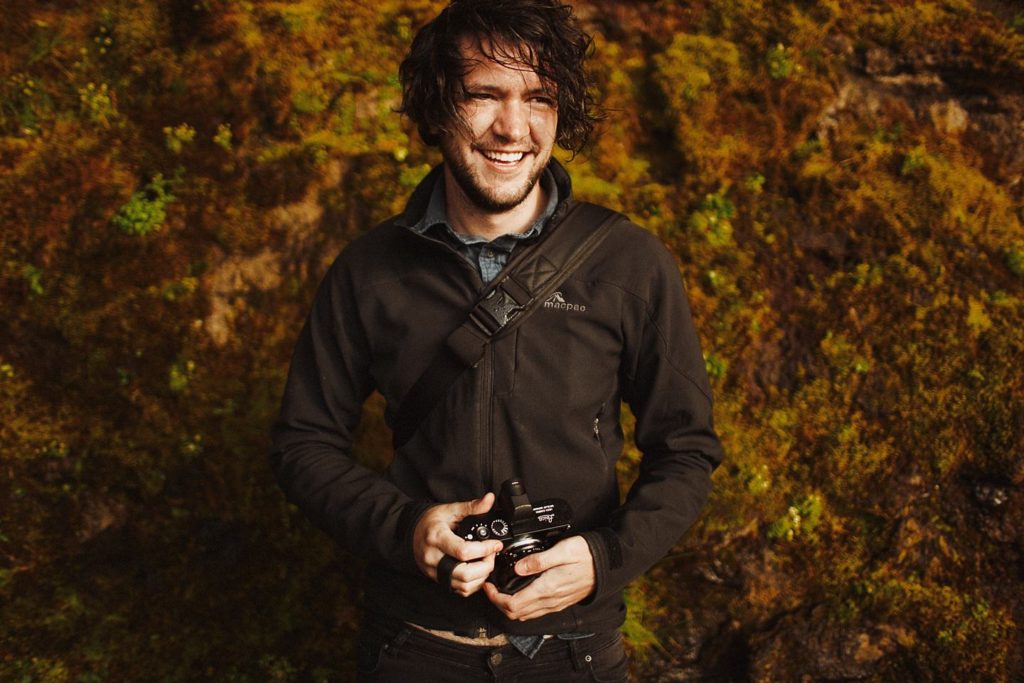
About Sam Hurd
Starting as a political news and celebrity portrait photographer in DC, Sam was instantly drawn to wedding photography as a space to promote more inventive ideas. Sam’s focus is on photographic techniques that are deceptively simple, but have potential to transform difficult or uninspiring shooting environments into one of a kind opportunities for every photo made.
